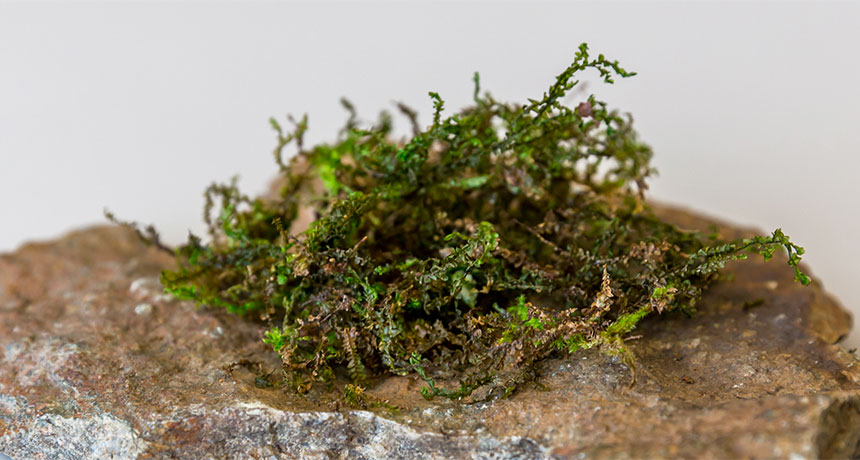
NOVEL WEED Some species of liverwort, such as Radula perrottetii (pictured), have surprising similarities to marijuana.
Stefan Fischer/Univ. of Bern

NOVEL WEED Some species of liverwort, such as Radula perrottetii (pictured), have surprising similarities to marijuana.
Stefan Fischer/Univ. of Bern